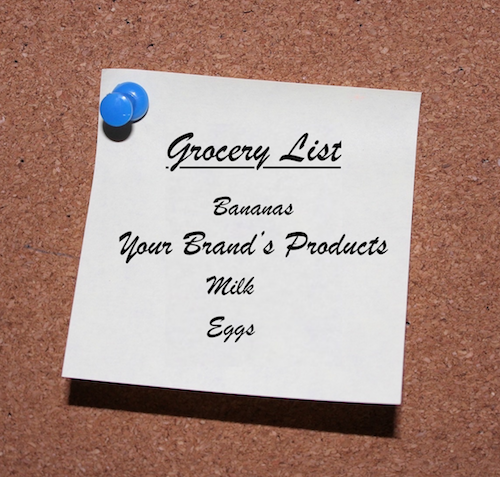Over the next few weeks we’ll be discussing Facebook in detail, including topics like its utility as a tool for brands, easy to run strategies, and various nuances. Let’s start with an overview.
Facebook provides a unique opportunity for emerging brands to build awareness and drive online sales for two reasons: First, it’s the most popular social media platform based on its nearly 2 B active daily users. So it’s where everyone is spending time on a daily basis. Secondly, all of those users have voluntarily provided tons of data about their likes, dislikes, and preferences. In the past, market data was largely limited to the results of research conducted through surveys and annoying phone calls. On Facebook, users themselves are voluntarily offering up information about their likes and preferences. User provided information is far more accurate. Then to make user data even more powerful, Facebook uses its own functionality such as check-ins and clicks to refine user data profiles.
This combination of people and data puts an unprecedented targeting ability at a brand manager’s fingertips. Imagine the ability to easily target Moms in a certain geography that shop at a certain store and live a vegetarian lifestyle. That’s easily done. Add in flexible and easy ways to tailor strategies to multiple audiences through a variety of media (images, video, text, live coverage) combined with a seamless integration to Instagram (also owned by Facebook)…and it’s clear why Facebook is the social media platform of choice for many brand marketing objectives.
The downside is that in the current pay to play model, a brand must pay some amount, either through boosted posts or advertisements, in order to achieve its desired visibility. This is the case regardless of the size of its follower base. But the minimum spend is very low ($5 typically) and spending can be turned on or off at any time, so even the smallest brands can advertise.
I once heard a local shopkeeper tell a compelling success story about her Facebook advertising. Her store was facing a zero sales day, so around noon she posted an ad and offered a discount. By closing time at 6pm, she had achieved the biggest sales day in the shop’s history!
Like with most things, success with the platform largely resides in crafting the right strategy and then executing that strategy effectively. The most effective approach is usually an iterative process; trial and error to find the most effective campaigns and then committing to the one that works.
In an upcoming post we’ll discuss the difference between boosted posts and ads. Stay tuned!










Leave a Reply
Want to join the discussion?Feel free to contribute!